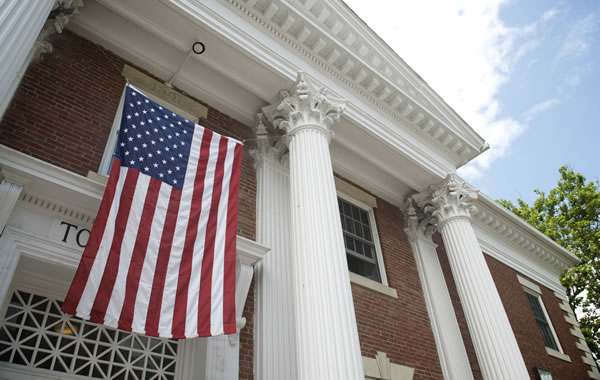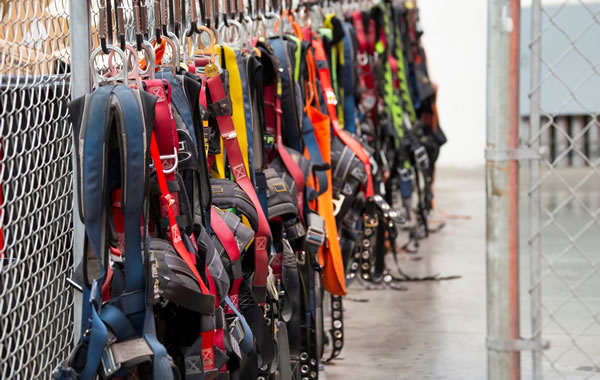Government Contracting Database
Equipment Rates
Equipment Rates
If a contractor performs additional or changed work, the additional costs incurred for equipment must be considered. The additional compensation requested should compensate the contractor for its costs to provide and operate the equipment.
In instances where the equipment is rented from a third party, the contractor’s compensation is based on the amount it paid to the third party plus the costs incurred to operate and maintain the rented equipment. When the equipment used is owned by the contractor, the contractor is entitled to compensation for its actual costs, including costs of ownership and operation.
A contractor normally purchases equipment for use in its business, as opposed to a single contract. Contractors also seldom maintain actual cost records for equipment on a contract by contract accounting. For these reasons, various rate schedules for equipment have been developed and are used by federal agencies in determining the equitable adjustment due to a contractor for the use of equipment in performing extra work. A number of agencies refer to the equipment guide published by the Associated General Contractors of America.
Perhaps the most comprehensive guide in use by the federal government is the one prepared by the Army Corps of Engineers. This particular guide is prepared on a regional basis and is periodically updated by the Corps. In Corps construction contracts, the guide is referenced as the “Construction Equipment Ownership and Operating Expense Schedule,” EP 1110 – 1 – 8, and its use is required in instances where actual costs cannot be established. However, if a contractor’s actual costs can be determined, then they will apply. Tom Shaw, Inc., ENG BCA 5540, et al., 93 – 2 BCA 25,742 (1993).
It is not unusual for the government, through the issuance of a change, stop work order, or other action, to cause a contractor to idle its equipment. Absent some provision in the contract that denies recovery, a contractor is entitled to be compensated for its idled equipment, provided that the contractor can demonstrate that the equipment was needed at the job site and that the equipment could not be employed elsewhere. Essentially, the contractor must show that it was prudent in keeping the equipment ready to perform the contract work. In Re Safeco Ins. Co. of Am., ASBCA No. 52107, 03 – 2 B.C.A. ¶ 32341 (citing U.A. Anderson Construction Co., ASBCA No. 48087, 99 – 1 BCA ¶ 30,347, affd on recon., 99 – 2 BCA ¶ 30,565).
If the equipment idled has been rented from a third party, then the contractor is entitled to be compensated for its rental expenses. If the equipment is owned by the contractor, the contractor is entitled to its actual costs. In instances where the equipment rate is determined by a schedule or guide, the rates normally must be lowered to account for the lack of wear and tear on the idled equipment.
Prior to the issuance of the Federal Acquisition Regulation, the determination of the rate for idled equipment was frequently considered to be one – half of the ownership expense rate in the AGC guide. This was known as the “fifty percent” rule and was referenced in the Armed Services Procurement Regulations, 15 – 402.1(c). When the FAR was adopted in the early 1980″s, it did not incorporate the above referenced provision. Absent a specific provision concerning construction equipment, the section of the FAR which does apply is FAR 31.205 – 17, “Idle Facilities.” In most instances, the costs for idled equipment should be allowable and should include maintenance, repair, taxes, insurance, and depreciation.
When a contract incorporates the Corps “Construction Equipment Ownership and Operating Expense Schedule,” EP 1110 – 1 – 8, the compensation for idled equipment is covered by an allowance for “Standby.”
The “standby” rate includes only the cost of facilities capital and twenty – five percent of the depreciation, and is subject to stringent limitations on the hours which qualify as “standby.” The courts are highly resistant to other methods of determining equipment rates, other than documented actual costs. Lionsgate Corporation, ENG B CA 5393, 88 – 2 BCA 20,770.
Updated: June 25, 2018
Looking for additional government contracting resources?
Search Our Database





























